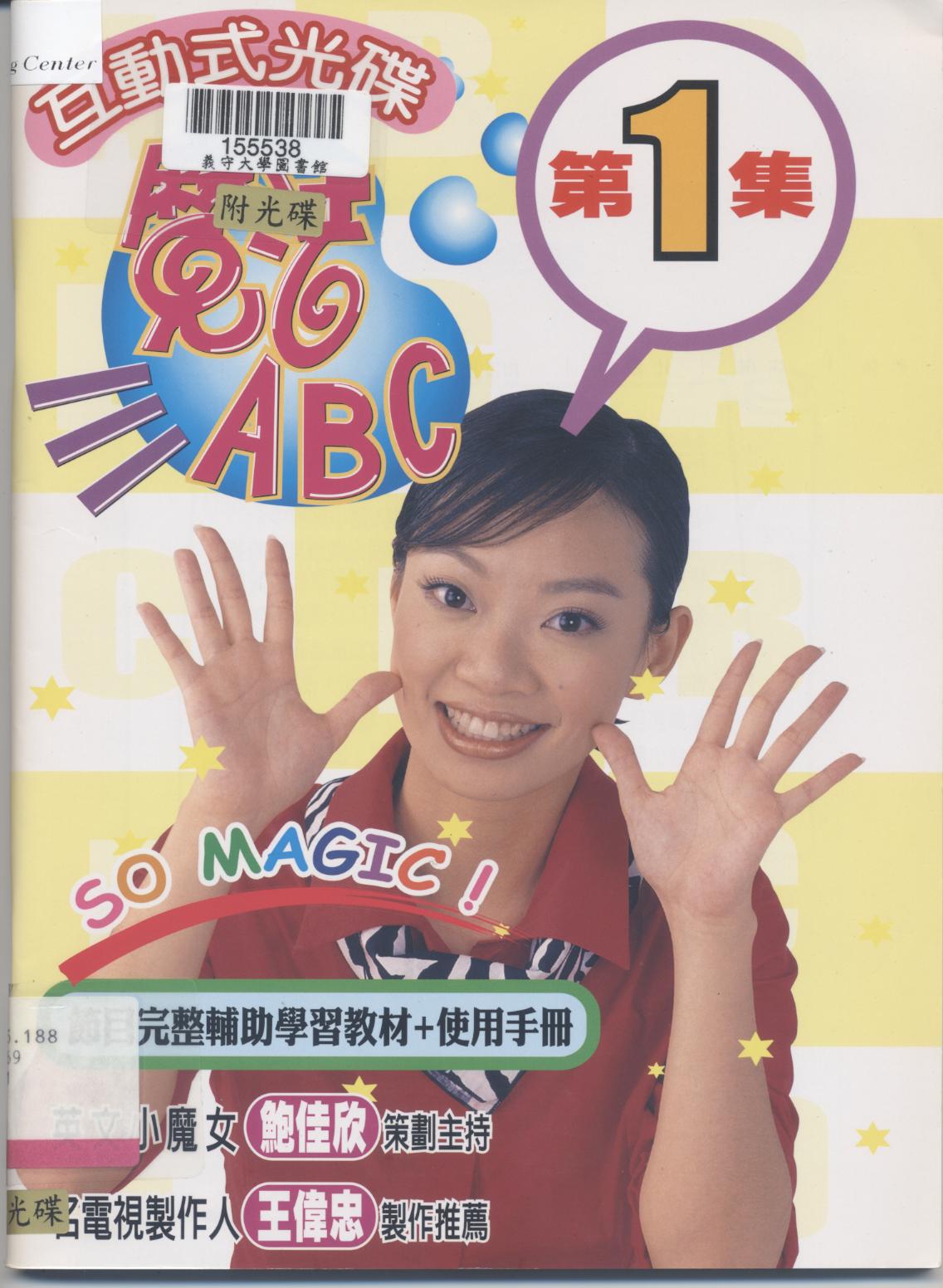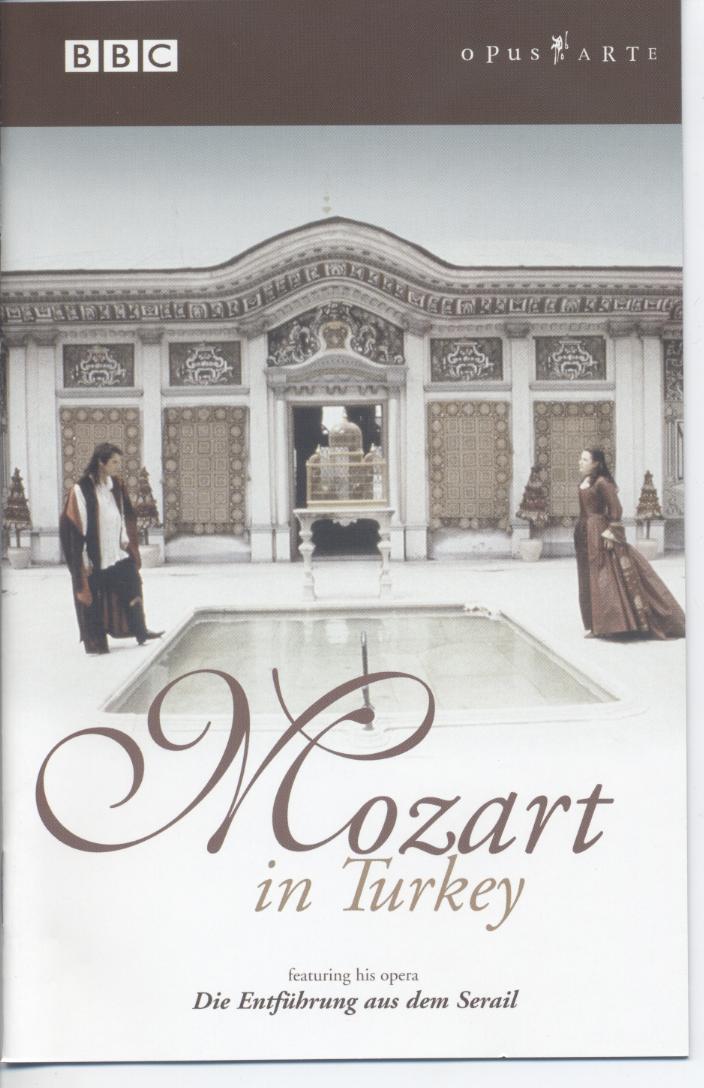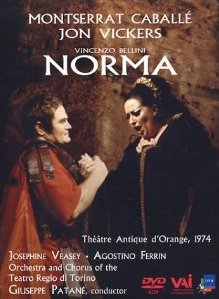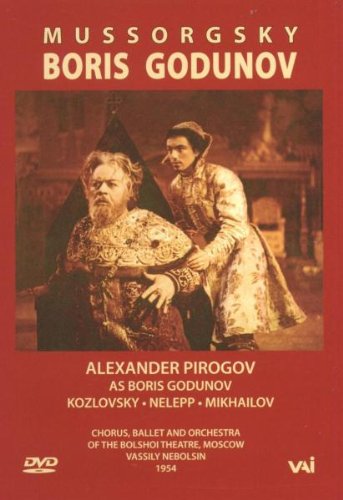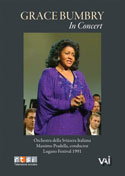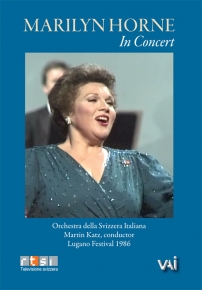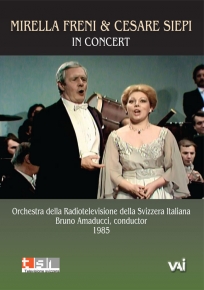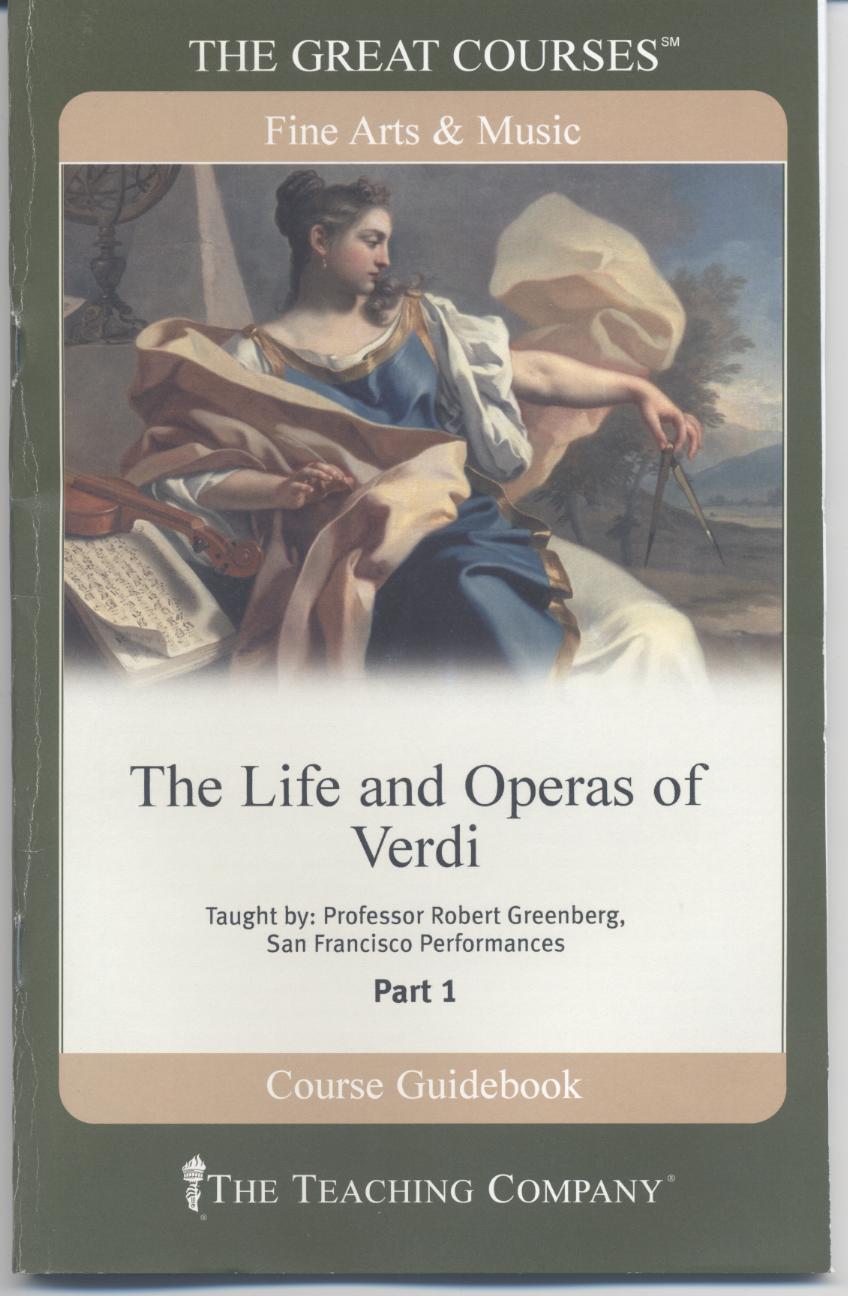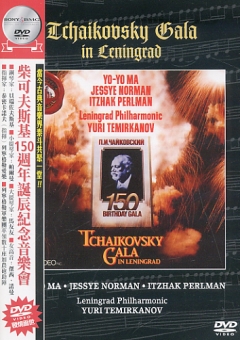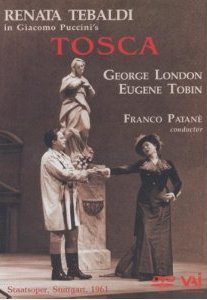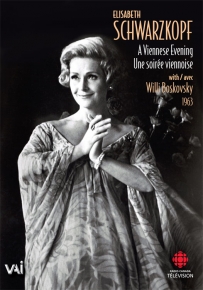|
|
The love for three oranges L'amour des trois oranges

In artistic endeavors, there's eclecticism and there's eclecticism. When it's done well, it can draw a mix of seemingly disparate elements into a whole, and on a subconscious level, the relationships between the elements can deepen our experience by suggesting fresh, profound insights. When it's done poorly, it creates a distraction and obscures meaning. The 2004 production of Prokofiev's The Love for Three Oranges from Festival d'Aix-en-Provence is one of the most extreme examples of eclecticism run amok that one is likely to encounter. The costumes, by Aurore Popineau, are the most egregious offenders. Her guiding principle seems to have been to throw together as many different colors onto the stage as she could, in the most unfortunate and jarring juxtapositions possible. It would be difficult and pointless to enumerate all the visual styles she amalgamates, but they include Dr. Seuss, Kabuki theater, and even Euro-trash productions of Der Ring des Nibelungen. The closest she gets to having a visually unifying concept is imagery from gay culture -- leather-clad go-go boys, lots of drag queens, and a team of undertakers dressed up as the Village People. Jean-Marc Stehlé's sets are relatively chaste in comparison, and are merely weird, clunky, and ugly rather than aggressively abrasive. The production is directed by Philippe Cavario, and it's fairly obvious that this is his first attempt at opera. The only apparent direction, besides some basic blocking, primarily consists of stereotypical operatic posturing, and for the most part the singers look adrift, like they're desperately trying to come up with something interesting to do with themselves as they stand around. Even the curtain call is a shambles -- no one knows when to come on or where to stand. With so much going on to distress the eyes and aesthetic sensibilities of the sensitive viewer, the music could get lost in the chaos. Tugan Sokhiev leads the Mahler Chamber Orchestra and EuropaChorAkademie in a fine, spirited performance, but most of the soloists are merely adequate; only soprano Julia Smorodina as Princess Ninetta stands out. For an example of good eclecticism, viewers should check out the TDK DVD of the Opéra National de Paris' witty and profound (and musically outstanding) presentation of Prokofiev's goofy opera.
此功能為會員專屬功能請先登入
此功能為會員專屬功能請先登入
此功能為會員專屬功能請先登入
此功能為會員專屬功能請先登入
借此館藏的人也借過以下館藏 :
|
書架附近的資料 :
|
 館藏資料查詢 > 詳細資料
館藏資料查詢 > 詳細資料

 借閱次數:
借閱次數: 








